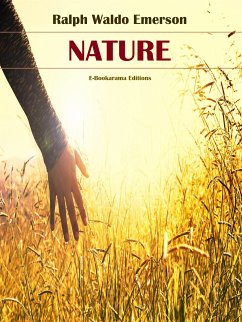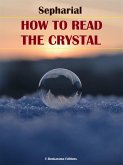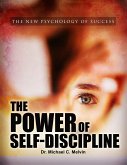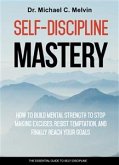In his essay “Nature,” published by James Munroe and Company in 1836, Ralph Waldo Emerson exhibits an untraditional appreciation for the world around him. Concerned initially with the stars and the world around us, the grandeur of nature, Emerson then turns his attention onto how we perceive objects. “Nature” seeks to show humanity a new form of enlightening the human spirit and urges the formation of a strong link between man and the Universal Spirit. Emerson sees nature as an inspiration for people to grasp a deeper understanding of the spiritual world, so he begins by asserting that humans need to develop their own sense of self and their beliefs. He believes that solitary reflection within nature is the best way to accomplish this.
Emerson also outlines the four ways that humans can benefit from nature; nature as commodity sustains life; nature as beauty provides inspiration and sensual awareness; nature as language suggests that words are imperfect descriptors, and that objects must speak for themselves; and nature as discipline allows people to find self-fulfilment.
Hinweis: Dieser Artikel kann nur an eine deutsche Lieferadresse ausgeliefert werden.
Emerson also outlines the four ways that humans can benefit from nature; nature as commodity sustains life; nature as beauty provides inspiration and sensual awareness; nature as language suggests that words are imperfect descriptors, and that objects must speak for themselves; and nature as discipline allows people to find self-fulfilment.
Hinweis: Dieser Artikel kann nur an eine deutsche Lieferadresse ausgeliefert werden.









